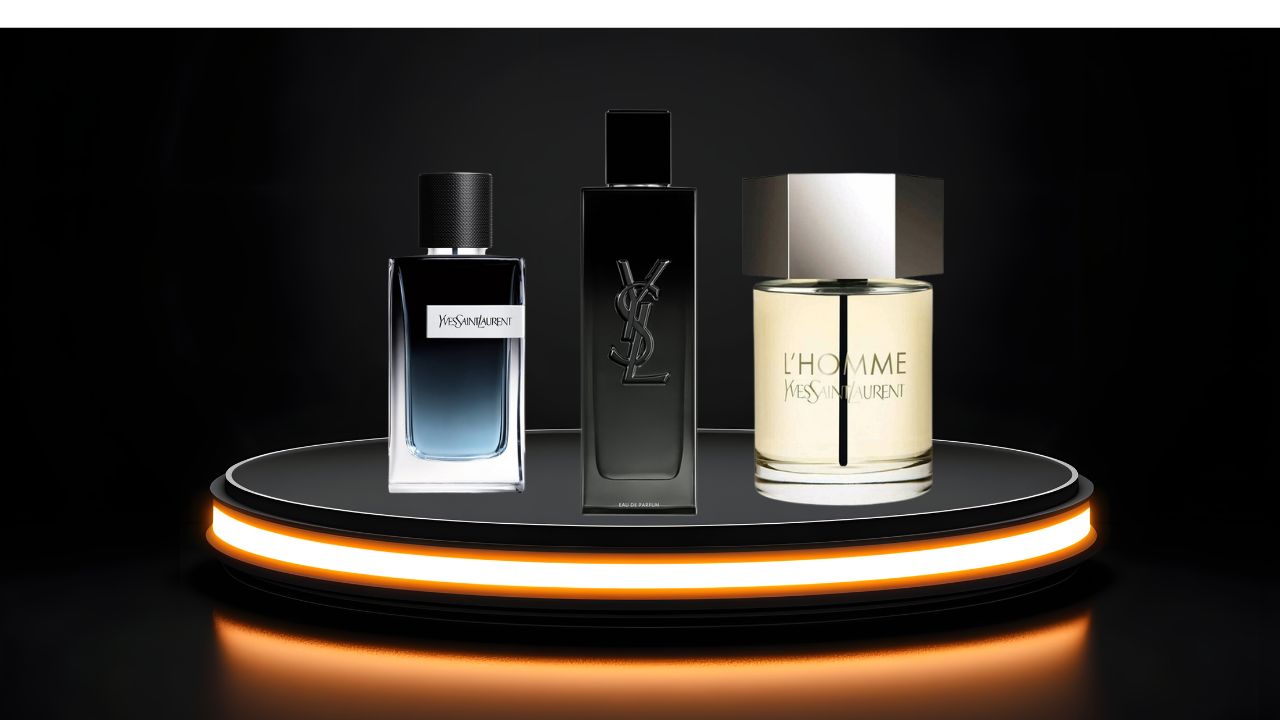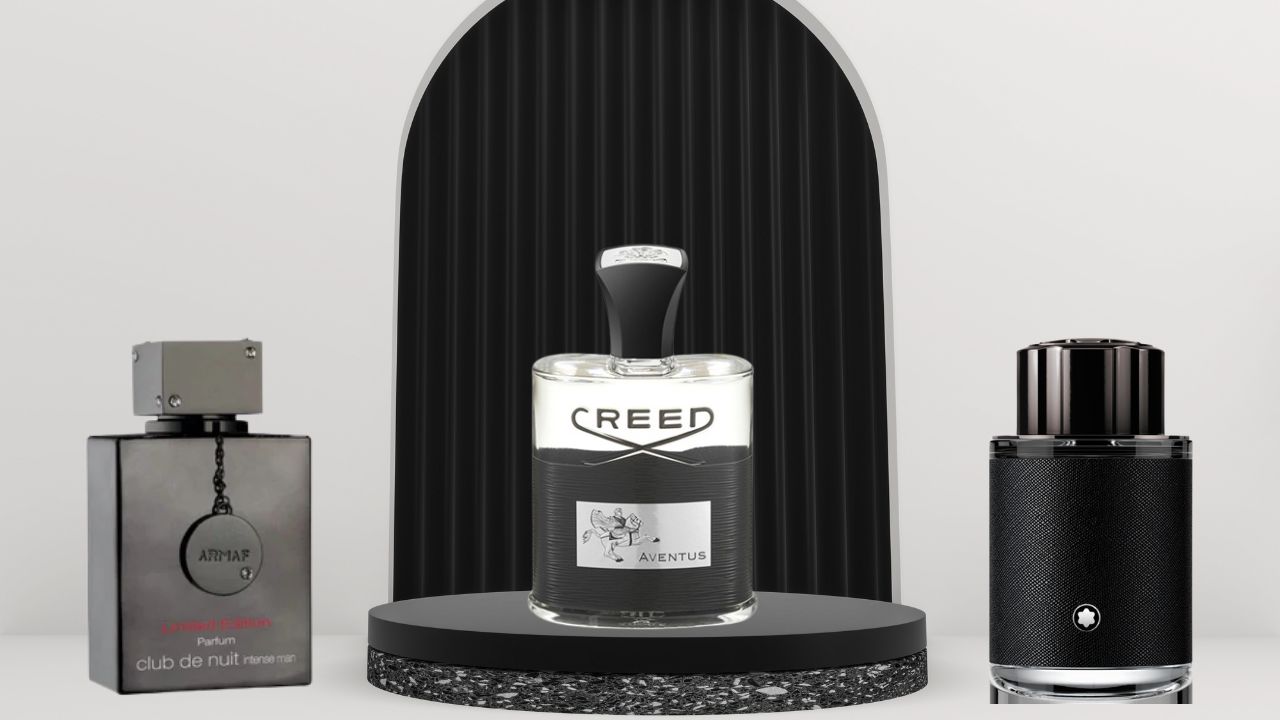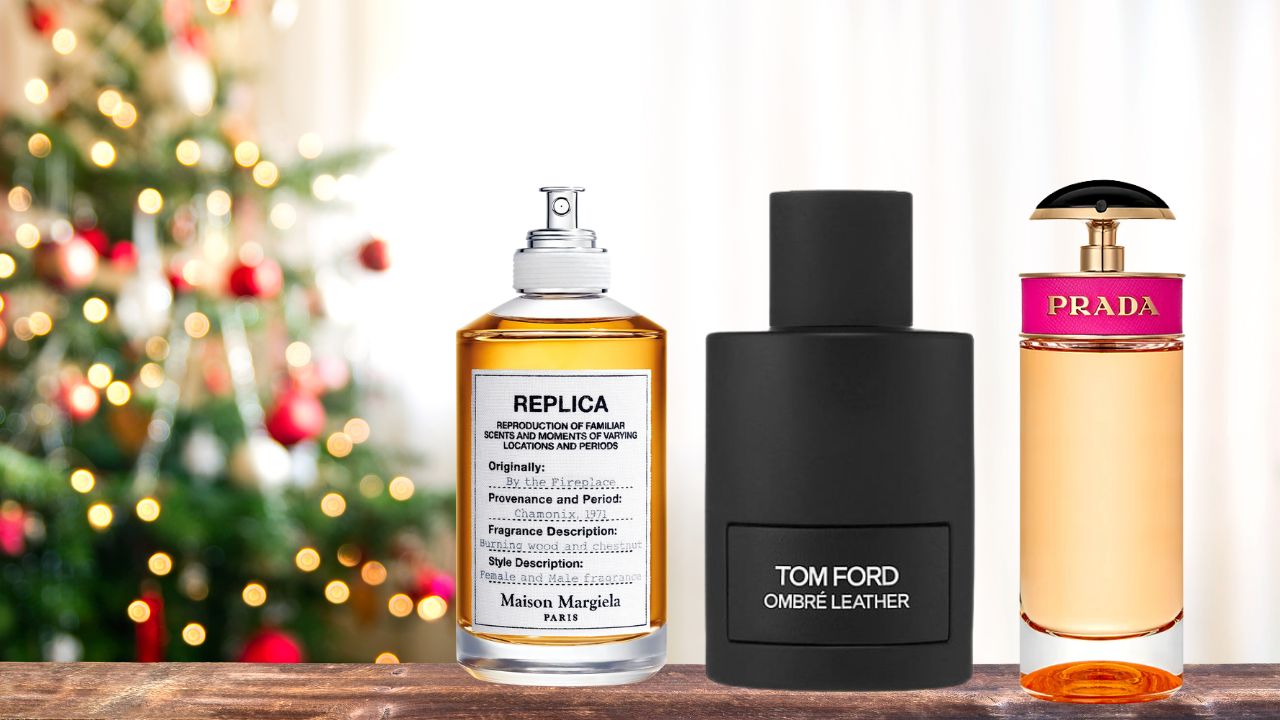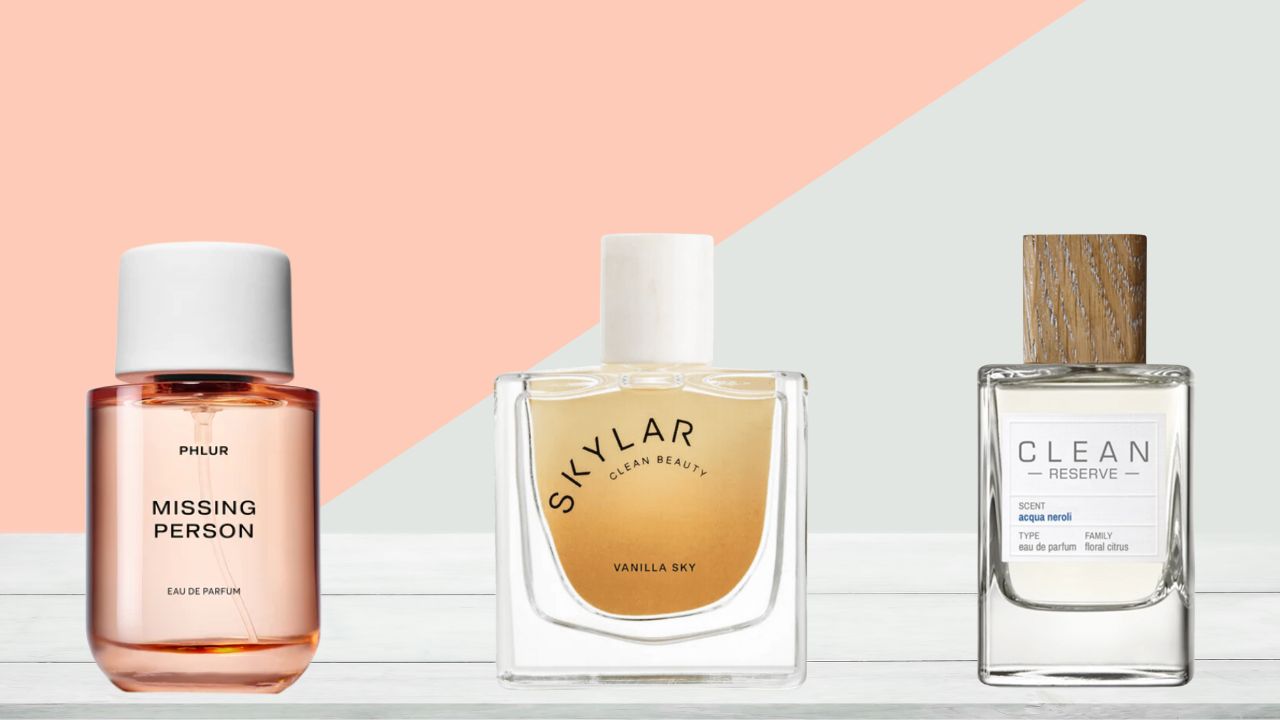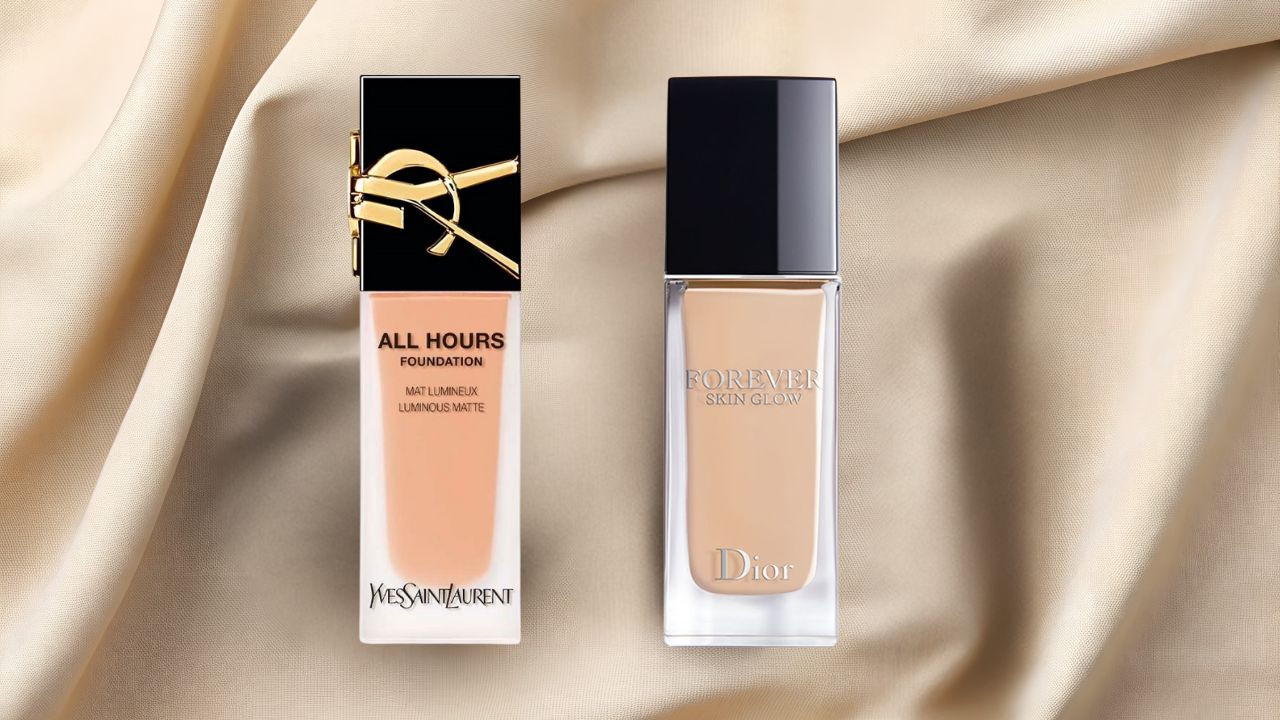Blog
Home / Beauty, Hair & Skin Care / 4 Steps To Effectively Get Sunscreen Out of Clothes: The Easy Way!
Categories
Recent Posts
- Best YSL Perfumes for Men in 2026: The Definitive Guide
- Affordable Christmas Perfume Gifts That Actually Feel Luxurious
- The Definitive Guide to Perfumes That Smell Like Creed Aventus: Luxury Scents Without the Luxury Price Tag
- Perfume Advent Calendars: 12 Days of Niche Scents
- Christmas Makeup Ideas: Your Guide to Festive Glamour That Actually Works
4 Steps To Effectively Get Sunscreen Out of Clothes: The Easy Way!
0
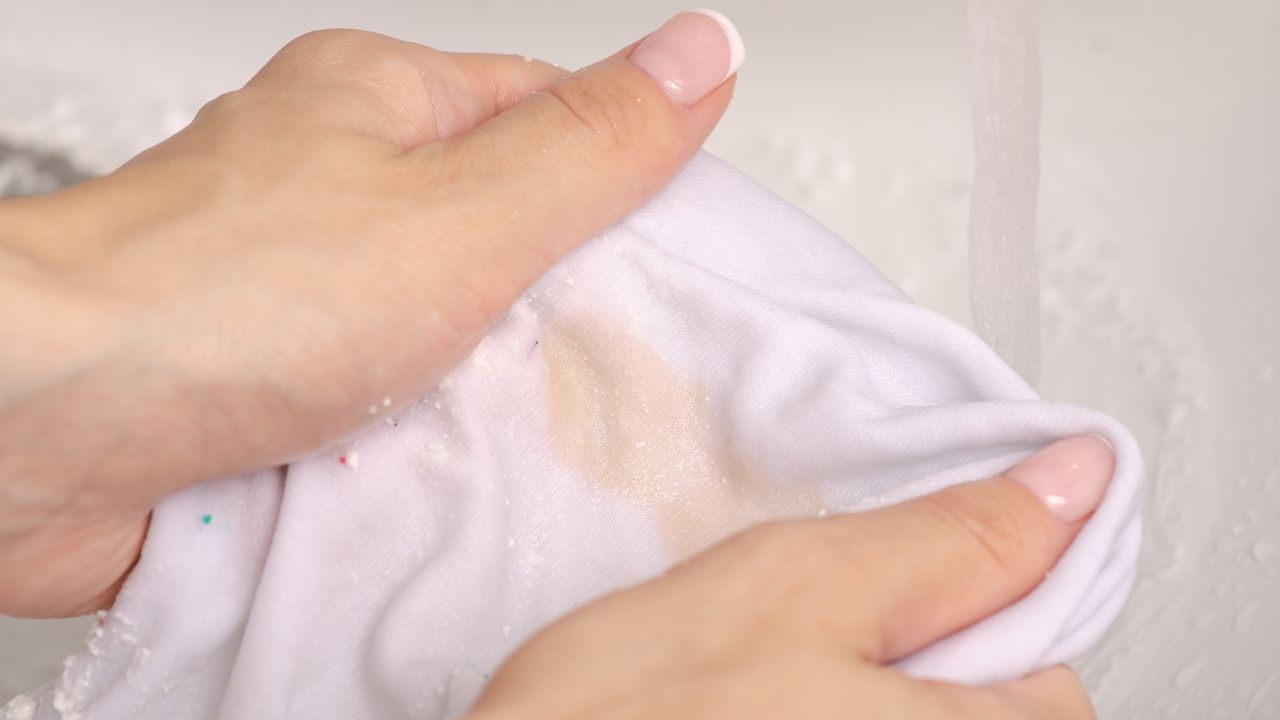
Nothing ruins a perfect beach day faster than discovering stubborn yellow-orange stains on your favorite white shirt. If you’ve ever wondered how to get sunscreen out of clothes, you’re not alone—sunscreen stains are one of the most frustrating laundry challenges. The good news? With the right techniques and quick action, you can successfully remove sunscreen stains from clothes and restore your garments to their original condition.
In this comprehensive guide, we’ll walk you through 4 proven steps for effective sunscreen stain removal, explain why sunscreen causes those stubborn marks, and share prevention strategies so you never have to deal with this problem again. Whether you’re dealing with fresh stains or set-in marks from last summer, these methods will help you remove sunscreen from fabric quickly and completely.
Why Does Sunscreen Stain Clothes?
Understanding the science behind sunscreen stains on clothes is the first step to effective removal. Here’s what causes those frustrating marks:
- Avobenzone Reactions: Many chemical sunscreens contain avobenzone, a UV-blocking ingredient that reacts with iron in hard water, creating rust-colored or yellow stains that seem impossible to remove.
- Oil-Based Formulas: Most sunscreens contain oils and emollients that help them spread on skin and provide water resistance. These oils can penetrate fabric fibers, creating greasy stains that regular detergent can’t break down.
- Zinc Oxide and Titanium Dioxide: Physical sunscreens with these mineral ingredients can leave white, chalky residue that clings to fabric, especially on darker clothing.
- Heat Setting: When sunscreen-stained clothes go through the dryer, the heat permanently sets the stain into the fabric, making sunscreen stain removal significantly more difficult.
Your 4-Step Sunscreen Stain Removal Strategy
Ready to send those stains packing? Follow these steps, and remember: patience and diligence pay off!
Step 1: Immediate Action & Oil Absorption
The quicker you act, the better your chances of success! Sunscreen stains can set surprisingly fast due to their oily base.
1. Blot, Don’t Rub!
How: Grab a clean paper towel or a white cloth. Gently blot the stain.
Why: Rubbing pushes the oily stain deeper into the fabric fibers and spreads it, making it harder to remove. Blotting helps lift excess product from the surface.
2. Absorb the Grease
How: Generously sprinkle the stained area with a good oil-absorbent powder like baking soda, cornstarch, or baby powder.
Why: These powders are superstars at soaking up excess oils from the fabric before they can set.
Wait: Let the powder sit and work its magic for at least 15-30 minutes (or even longer for very greasy stains).
Remove: Gently shake or brush off the powder. You might even see it clump up with the absorbed oil—that’s a good sign!
3. Rinse with Cold Water
How: Turn the garment inside out. Flush the stained area from the back with a steady stream of cold water.
Why: Cold water helps push the stain out of the fabric fibers instead of pushing it further in (like hot water can). Flushing from the back helps push the residue away from the front of the garment.
Step 2: Targeted Pre-Treatment
Before that garment even thinks about going into the washing machine, a little pre-treatment is essential to break down the tricky oils and minerals.
1. Grease-Cutting Dish Soap (Best for Fresh, Oily Stains)
How: Apply a few drops of a powerful grease-cutting dish soap (like Dawn or similar brands) directly onto the stain.
Work It In: Use your fingers or a soft-bristled toothbrush to gently work the soap into the fabric in small circular motions.
Let it Sit: Allow the dish soap to penetrate for 10-15 minutes.
Rinse: Rinse the area thoroughly with warm water to remove the soap and loosened stain particles.
2. White Vinegar Solution (Great for Mineral or Avobenzone Stains)
How: Mix equal parts white vinegar and water in a small bowl. Soak the stained area of the fabric in this solution for 15-20 minutes.
Why: White vinegar’s acidity helps to break down mineral deposits (like zinc oxide or titanium dioxide) and can also help counteract the chemical reaction that causes yellow/orange avobenzone stains.
3. Commercial Laundry Stain Remover (For Stubborn Stains of All Kinds)
How: For general stubborn stains or if you’re unsure of the stain type, apply a reliable commercial laundry stain remover (e.g., Shout, OxiClean spray, Fels-Naptha bar soap).
Follow Directions: Always follow the product’s specific instructions, letting it sit for the recommended time (often around 20 minutes) before washing.
Step 3: Main Wash & Deep Cleaning
Now that the stain is pre-treated and loosened, it’s time for the washing machine to do its part.
1. Wash with an Enzyme-Based Detergent
How: Place the stained garment into the washing machine with your usual laundry. Use a high-quality, enzyme-based laundry detergent. These detergents contain powerful enzymes that break down proteins, fats, and oils – exactly what you need for sunscreen stains.
Water Temperature: Wash in warm or hot water, but only if the fabric care label allows it. (Hot water is generally better for oil removal, but always check your garment’s specific instructions!).
Skip Fabric Softener: Avoid using fabric softener in this wash, as it can sometimes trap residues in the fabric, making stains harder to fully remove.
2. Hydrogen Peroxide
How: If you have persistent yellow sunscreen stains on white or light, colorfast fabrics, mix 1 part hydrogen peroxide with 2 parts water. Apply directly to the stain and let it sit for about 30 minutes.
Why: Hydrogen peroxide is an oxidizing agent that can help break down and lighten yellow stains caused by avobenzone.
Then: Rinse the area and wash as usual. Always patch test on an inconspicuous area first, especially on colors.
3. Baking Soda Paste or Oxygen Bleach
Baking Soda Paste: Mix baking soda with a little water to form a thick paste. Apply it generously to the stain and let it sit for 30 minutes before washing.
Oxygen Bleach Soak: For very stubborn or older stains, you can soak the garment in a solution of OxiClean or other oxygen bleach (follow product directions for ratio) for 1-2 hours before washing. Oxygen bleach is generally safe for colors but always do a patch test.
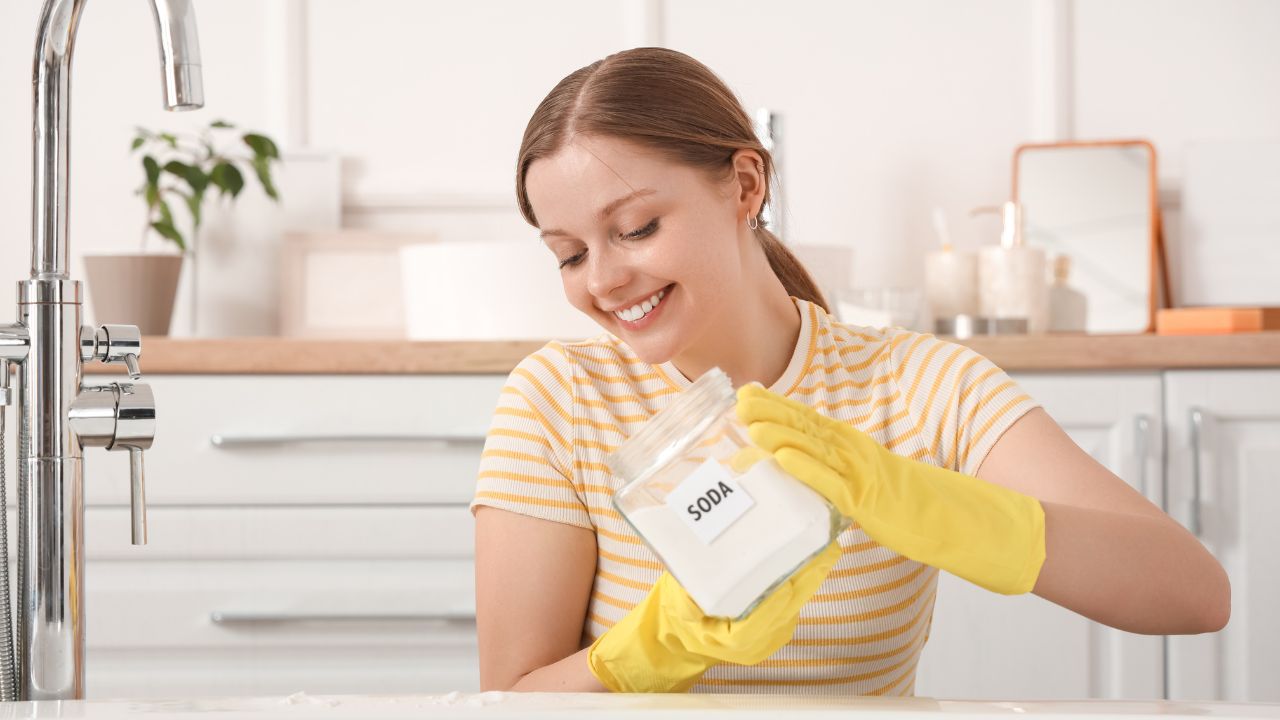
4. Lemon Juice & Sunlight
How: This natural method is great for natural fabrics (like cotton, linen) and whites. Apply fresh lemon juice directly to the stain.
Sun Power: Place the garment in direct sunlight for about 1 hour. The sun’s UV rays, combined with the lemon juice’s acidity, act as a natural bleaching agent to help break down the stain.
Then: Wash as usual. Be cautious with delicate or colored fabrics, as direct sun and lemon can cause fading.
Step 4: The Crucial Aftercare & Prevention
You’ve put in the work! Now, make sure it pays off, and learn how to prevent future headaches.
1. Check Before Drying
NEVER put a stained garment in the dryer until you are 100% sure the stain is gone. Heat from a dryer will permanently set any remaining sunscreen residue into the fabric, making it virtually impossible to remove later.
Inspect: Hold the wet garment up to a good light source. If you see any trace of the stain, repeat the entire stain removal process from Step 1.
2. Air Dry First
How: Even if you think the stain is gone, let the fabric air dry completely in the shade.
Why: This gives you a final chance to spot any lingering residue before heat can bake it in.
3. Use a Laundry Booster
How: For future washes, consider adding 1/2 cup of white vinegar or baking soda to your wash cycle.
Why: These natural boosters help to cut through lingering oils and prevent mineral buildup in your washing machine, which can contribute to yellowing over time.
How to Prevent Sunscreen Stains in the First Place
The best stain is the one that never happens! A little prevention goes a long way.
- Let Sunscreen Dry Fully: This is huge! Apply your sunscreen at least 15-20 minutes before getting dressed. Give it time to absorb and dry on your skin, reducing the amount that transfers to fabric.
- Opt for Darker Clothes: While you can wear whatever you like, light-colored fabrics (especially white) show stains more easily, particularly the tricky yellow/orange ones caused by avobenzone reacting with hard water. Darker colors are more forgiving.
- Pre-Treat High-Risk Areas: If you know certain areas of your clothes (like collars, necklines, or underarms of swimsuits) are prone to sunscreen transfer, lightly dust them with a thin layer of baby powder or cornstarch before you put them on. This creates a barrier.
- Choose “Stain-Friendly” Sunscreens: Some newer sunscreen formulations are less prone to staining. Look for brands that specifically market themselves as “stain-free” or “non-staining” for clothing, or try mineral-only sunscreens if you’re battling yellowing. (Note: These often have a white cast, but that’s a different battle!).
- Apply Outside: If possible, apply sunscreen while still in your bathing suit or underwear, or outside, before putting on your main outfit.
Why Beautinow’s Sunscreen Selection Prevents Clothing Stains
At Beautinow, we understand the frustration of sunscreen stains on clothes, which is why we’ve carefully curated a collection of high-performance sunscreens that provide excellent UV protection without the staining side effects.
Our featured sunscreens use advanced formulations that:
- Avoid avobenzone or use stabilized versions that don’t react with fabric
- Include lightweight, non-greasy bases that absorb quickly
- Feature mineral formulas that don’t leave yellow or orange marks
- Offer water resistance without heavy oils that transfer to clothing
- Provide reef-safe protection that’s also fabric-friendly
We’ve specifically selected brands known for their clothing-friendly formulations, including options for face and body that won’t ruin your favorite outfits. Our sunscreen experts can guide you to the perfect formula that protects your skin without sacrificing your wardrobe.
Frequently Asked Questions
Q: How to get sunscreen out of clothes after drying?
A: Removing sunscreen stains after drying is more challenging but possible. Start with the Dawn dish soap + baking soda paste method, letting it sit for 30 minutes. Follow with a white vinegar soak for avobenzone stains. Apply liquid laundry detergent and let sit overnight. Soak in oxygen bleach solution for 4-6 hours. Old sunscreen stains may need 2-3 treatment cycles, but persistence often succeeds even on set-in sunscreen stains.
Q: What is the best way to remove sunscreen from clothing?
A: The best way to remove sunscreen from clothing is immediate treatment with Dawn dish soap and baking soda paste, followed by thorough cold water rinsing. For yellow avobenzone stains, add a white vinegar soak. For waterproof sunscreen, use rubbing alcohol. Pre-treat with liquid detergent, wash in hot water (if fabric allows), and always air dry to inspect before using the dryer. This combination approach handles 95% of sunscreen stains successfully.
Q: Does sunscreen come out of clothes?
A: Yes, sunscreen comes out of clothes when treated properly and promptly. Fresh stains remove easily with dish soap and proper washing. Even old sunscreen stains can be removed with persistent treatment using the methods in this guide. However, heat-set stains from the dryer are nearly permanent. The key is treating stains before they dry and especially before exposing them to dryer heat.
Related posts
Best YSL Perfumes for Men in 2026: The Definitive Guide
In the hushed corners of Parisian perfumeries, where light filters through crystal bottles and conversation turns to notes of vetiver a...
Affordable Christmas Perfume Gifts That Actually Feel Luxurious
There's something inherently intimate about gifting fragrance—it's a gesture that says you've paid attention, that you understand someo...
The Definitive Guide to Perfumes That Smell Like Creed Aventus: Luxury Scents Without the Luxury Price Tag
There's a certain magnetism to walking into a room wearing the right fragrance. It's not loud, it's not desperate—it's simply there, co...
Perfume Advent Calendars: 12 Days of Niche Scents
There's something quietly revolutionary happening in the world of fragrance, and it arrives in December wrapped in numbered boxes. Forg...
Christmas Makeup Ideas: Your Guide to Festive Glamour That Actually Works
Picture this: You're getting ready for the season's most anticipated gathering, and you're faced with the same tired holiday makeup dil...
Perfumes That Smell Like Christmas: Your Guide to Festive Fragrance Magic
There's something almost alchemical about the way certain fragrances can transport you instantly to a snow-dusted evening in December, ...
Perfume for Sensitive Skin That Won’t Cause Allergies: The Essential Guide to Scent Without Irritation
There's a particular kind of disappointment that comes with finding a fragrance you love, only to discover hours later that your skin h...
10 of the Classic Perfumes That Never Go Out of Style: The Timeless Fragrances That Define Elegance
In the hushed elegance of a Parisian boutique, where crystal flacons catch the afternoon light like precious jewels, something remarkab...
Perfumes with the Most Beautiful Bottles: Where Art Meets Olfactory Excellence
In a world where first impressions are everything, the bottle sitting on your vanity speaks volumes before you've even spritzed a singl...
10 Best Chanel Perfumes: Timeless Elegance in Every Bottle
In the world of luxury fragrance, few names command the reverence and recognition that Chanel does. Picture this: it's 1921, and Gabrie...
The 10 Best Women’s Perfumes for Xmas Gifts: Luxury Fragrance Gift Guide 2025
Choosing the perfect women's perfume for Xmas gifts requires more than walking into a store and picking the prettiest bottle. The right...
Dior Foundation vs YSL Foundation: The Ultimate 2025 Comparison Guide
Standing in front of the luxury foundation counter, you're faced with a decision that's both exciting and overwhelming. Two beautiful b...
Comments


